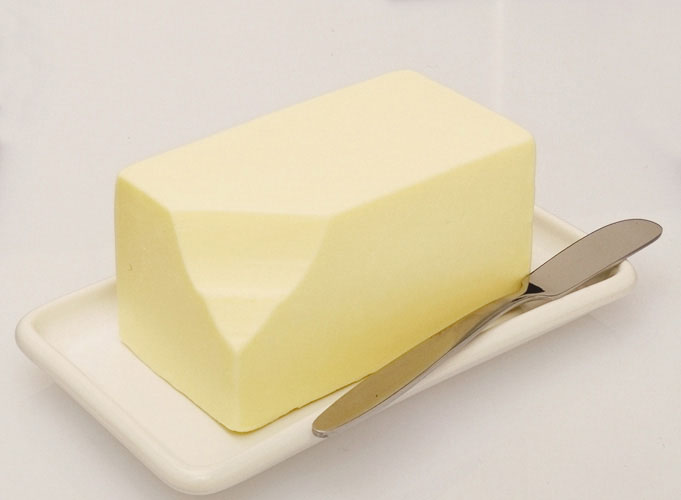
Milk Fat
Disease From Milk Fats
FAT ALTERS BLOOD CELLS
AND CIRCULATION
Commercial cream is 40% fat, butter is 80% fat. Red blood cells can cluster together in tight wads following the ingestion of any kind of fat. Milk or butter fat, cream and other fats are capable of causing clumping together of red blood cells inside of blood vessels. This interesting phenomenon may be seen in the hamster by examining the small blood vessels in the cheek pouch after the animal has taken cream or butter fat. Controls receiving skimmed milk or other kinds of food do not show these changes. It has been postulated that these clusters of red blood cells could cause strokes or a reduced mentality in the elderly. Shock And Hypotension 1965
Perhaps the most hazardous time after eating fats is immediately following the meal and for about one hour afterward. During this time effort should be put forth to insure a brisk circulation of blood. If the blood moves slowly, there is greater encouragement of the formation of the red blood cell clusters. Furthermore, sludge of fat droplets can form in the large lymph channels in the chest and abdomen during inactivity and float to blood vessels where they cause some degree of interference with blood flow—perhaps even blockage. The best practice is to engage in some form of mild exercise just after eating to insure a brisk circulation of blood.
Many infants are born with high blood cholesterol levels. Coronary risk factors exist in childhood, and plaque of atherosclerosis in heart and arteries are formed early in life. It is generally accepted that milk intake by the mother during pregnancy and after delivery, as well as that taken by the newborn greatly contributes to this problem.
An inducement to breast-feeding is that in human mother’s milk there is a compound that blocks cholesterol synthesis by the liver. Mexican children who use little or no milk have half the blood cholesterol levels of Wisconsin children. In American children who come to autopsy from whatever cause, fatty streaks in the blood vessels may be seen in infancy and childhood with fibrous plaques being formed in the teenage years.
For a number of decades, heart and artery disease, caused by an increase of cholesterol, and other blood fats, have been recognized as being associated with milk. Pure vegetarians have significantly lower serum cholesterol levels that either lacto-vegetarians or non-vegetarians. While most authorities are agreed that the fat in milk is a major cause of hardening of the arteries, there are investigators, growing in number, who believe a virus or some other factor from milk is primarily responsible for the hardening of the arteries seen when milk consumption is high.
AGING FATS IN CHEESE MAKING
Aging of milk fats in the cheese-making process may yet hold another hazard to consumers. It was found by accident that the injurious products develop in cholesterol upon aging. A researcher bought a large quantity of cholesterol for animal experimentation. He began to develop variable and unexpected results with the cholesterol after it had aged a number of months. A chemical analysis of the cholesterol revealed three products of degradation which could cause death of muscle fibers in artery walls. A prominent theory of atherosclerosis development holds that the initial injury is in the muscle fibers of the artery walls, not in the lining cells as formerly universally accepted. Fats subsequently deposit in the areas where the injury occurred in the muscles cells.
It will not solve the problem of altered blood chemistries to use defatted milk. It was discovered in the making of dairy butter, that the phospholipids go with the buttermilk and cholesterol goes with the butter fat. When the phospholipids and cholesterol are kept together, the phospholipids tend to reduce the quantity of cholesterol that stays in the blood stream. As with all foods, the balance found naturally is ideal for its proper function in the body, illustrating the carefulness and precision of the loving Creator in every design having to do with the welfare of His creatures.
A. C. Thrash